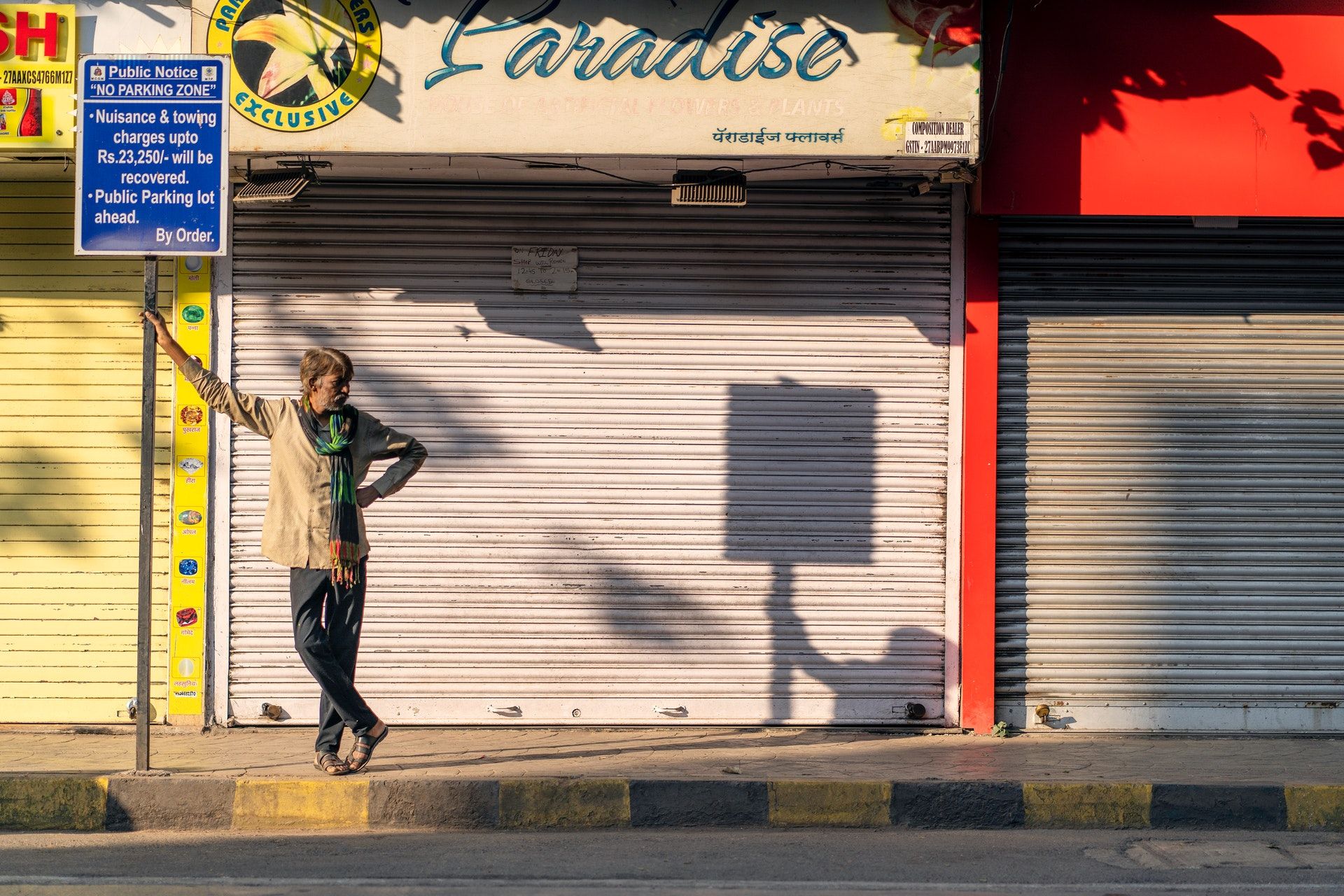Many street photographers shoot wide open all the time without giving it much thought. The problem is that a lack of intention and ignoring the fundamentals can result in sloppy photography. In this article, we'll explore the pros and cons of shooting wide open and why learning the fundamentals is essential for this technique.
What Does Shooting Wide Open Mean?
Shooting wide open simply means that your lens is set to the smallest aperture value (or f-stop). This allows the maximum amount of light possible into the camera. For example, a 50mm f/1.4 lens has an aperture opening of about 36mm in diameter (50 divided by 1.4), which is pretty wide open. Wide open means that the lens is at its largest aperture, or opening.
In short: the smaller the f-stop, the larger the aperture, and the larger the f-stop, the smaller the aperture.
Why Do Photographers Like Shooting Wide Open?
There are both aesthetic and pragmatic reasons for shooting wide open.
Arguably, the most popular reason why photographers like to shoot wide open is for the bokeh effect or bokeh balls. You can achieve this effect by shooting wide open with most camera lenses. Basically, any lights or lighting effects become blurred and pop out from the background as roundish bright spots, like in the picture above.
Another popular reason to shoot wide open, especially for street photographers, is to blur out the background details in order to isolate the subject. This is very effective for the times when the background details aren't important, as well as showcasing a person or object in a portraiture setting.
There are programs like Luminar AI where you can create bokeh effects to enhance boring backgrounds.
Shooting Wide Open Without Intention
Having a nice camera and lens that can produce beautiful background blur and bokeh can inspire many street photographers to shoot wide open all the time. The main problem with this is lack of intention; which details are left in the composition at the cost of what's being left out?
Camera and lens manufacturers often advertise bokeh as the main selling feature. With so much emphasis and marketing geared toward selling photographers expensive glass, it's no wonder that many street photographers tend to overlook the fundamentals of photography in pursuit of the blurred background and bokeh look.
Let's take a look at the pros and cons of shooting wide open—with examples—to see how fundamental mistakes can be avoided.
Pros of Shooting Wide Open
There are several reasons why a street photographer would want to shoot wide open. Let's discuss some of them.
Nighttime Shooting
At night, there are few options but to shoot wide open regardless of how good your camera and lens pairing may be. Shooting wide open allows you to capture your main subject while juggling the best shutter speed and ISO settings in conjunction with your f-stop. Review the exposure triangle if you need a refresher.
In the above image, the camera settings were as follows: shutter speed at 1/125, ISO of 5000, and a wide open aperture of f/1.8. If the photographer weren't shooting wide open, they would have had to decrease the shutter speed at the risk of blurring the photo, or increase the ISO and risk introducing more noise.
This is why shooting wide open at night is almost a given, unless you're packing a tripod.
Busy Backgrounds
Street photographers often work in environments such as city streets that have chaotic or busy backgrounds. Although such details are great for images that need context, they can also be distracting if a person is your main focus.
In the above photo, the photographer shot wide open to blur the foreground elements as well as slightly blur the background elements in order for the subject to stand out more. A good grasp of depth of field will also help you better understand how shooting wide open will affect the scene.
Aesthetically Pleasing Bokeh
Okay, let's say it's all about the amazing bokeh, just for a moment. There are lenses out there that produce stunning and beautiful effects. And if done with intention, there's nothing wrong with shooting wide open to get bokeh.
Cons of Shooting Wide Open
Shooting wide open just to get the effect of a blurred background or bokeh will end up hurting your photography more than helping it. There are a few reasons why.
You Can Easily Blur Out the Wrong Details
In the above image, the flowers aren't all in focus. That's because the photographer was shooting wide open and focused on the boy's face. Street photography is notoriously fast-paced, so perhaps the photographer didn't have the time to stop and turn the aperture down to allow for a depth of field that would have put the flowers perfectly into focus.
While not a bad image, this is an example of shooting wide open that doesn't produce intentional results.
You Can Completely Miss Focus and Blur Out Everything
It may be difficult to tell given the above image's resolution (you can view its full size on Pexels), but the camera missed focus on the man in the background and managed to focus on some of the sand behind him instead. Looking closely at the image, you can actually see where the blur lines start and end in the midground.
If the photographer didn't shoot at f/1.8, and instead at f/8 or even f/16 because of the sunny conditions, the man in the image would have been sharper even if the focus still wasn't on point.
Not Everything Needs to Be Shot Wide Open
This is the hard truth that street photographers with great lenses need to accept. Just because you have it, doesn't mean you should use it. There are scenes that simply don't require bokeh or a blurred background.
Case in point: the above image of a man leaning against a street sign. The photographer shot wide open and missed focus on the man and the text of the sign. A casual observer won't notice this, but a close inspection will reveal sloppy photography fundamentals at play. The entire scene could have been completely in focus if it had been shot at f/8.
Always Shoot With Intention
Shooting wide open can give you great results, but the downsides of shooting wide open without intention can land a street photographer in a focusless mess. Make yourself familiar with the fundamentals we've discussed here, and shooting wide open will give you a much better outcome.

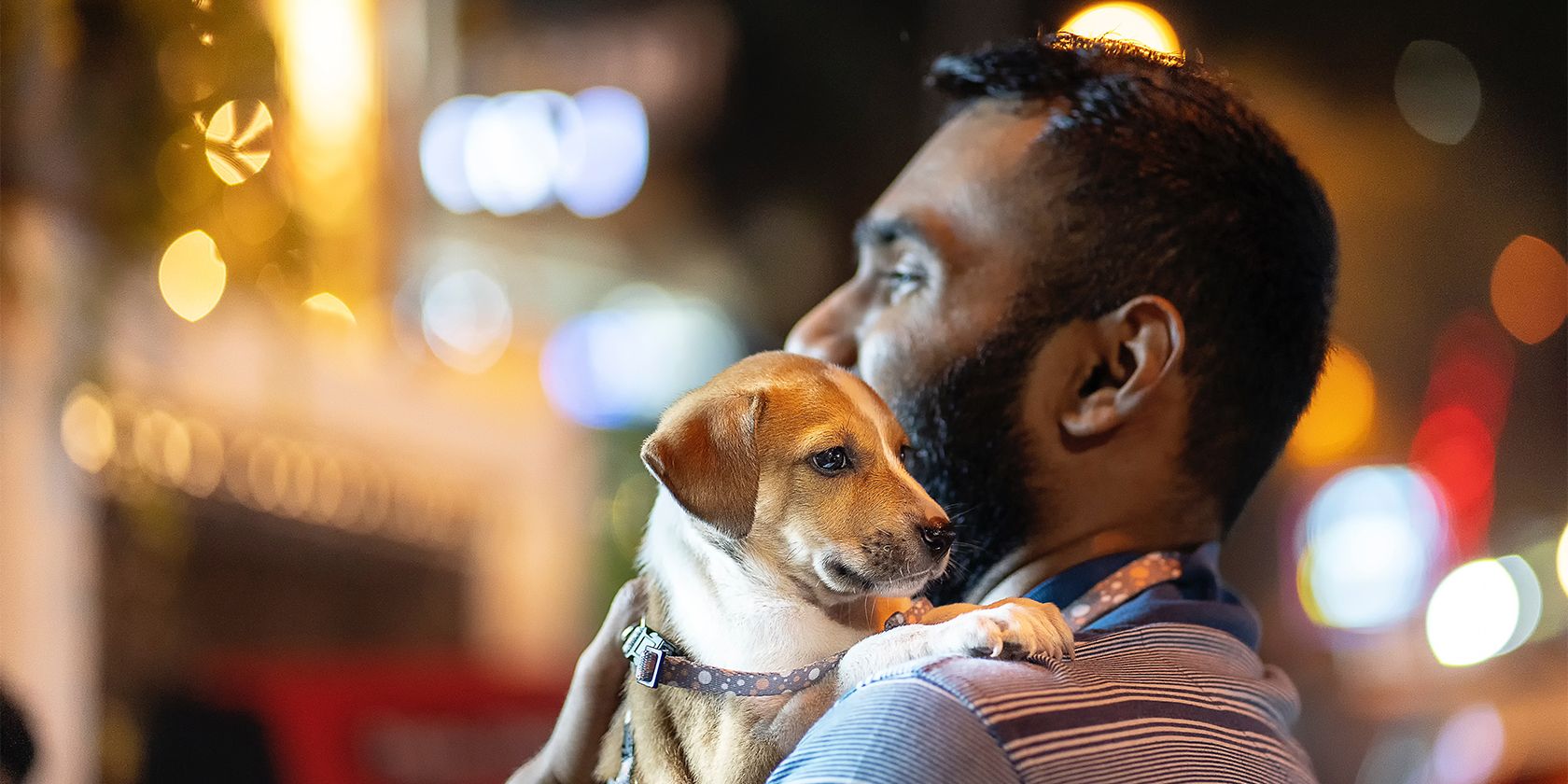
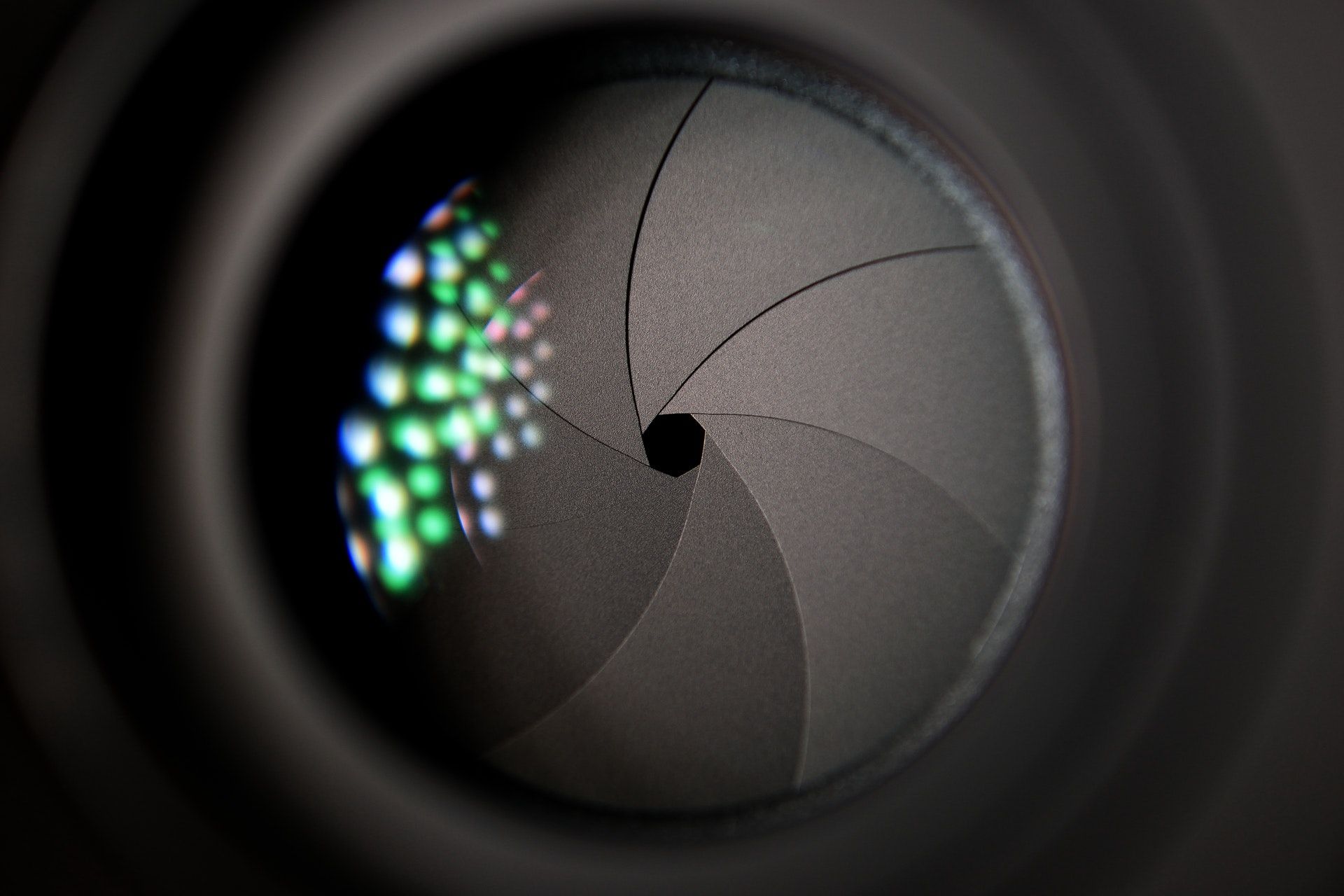

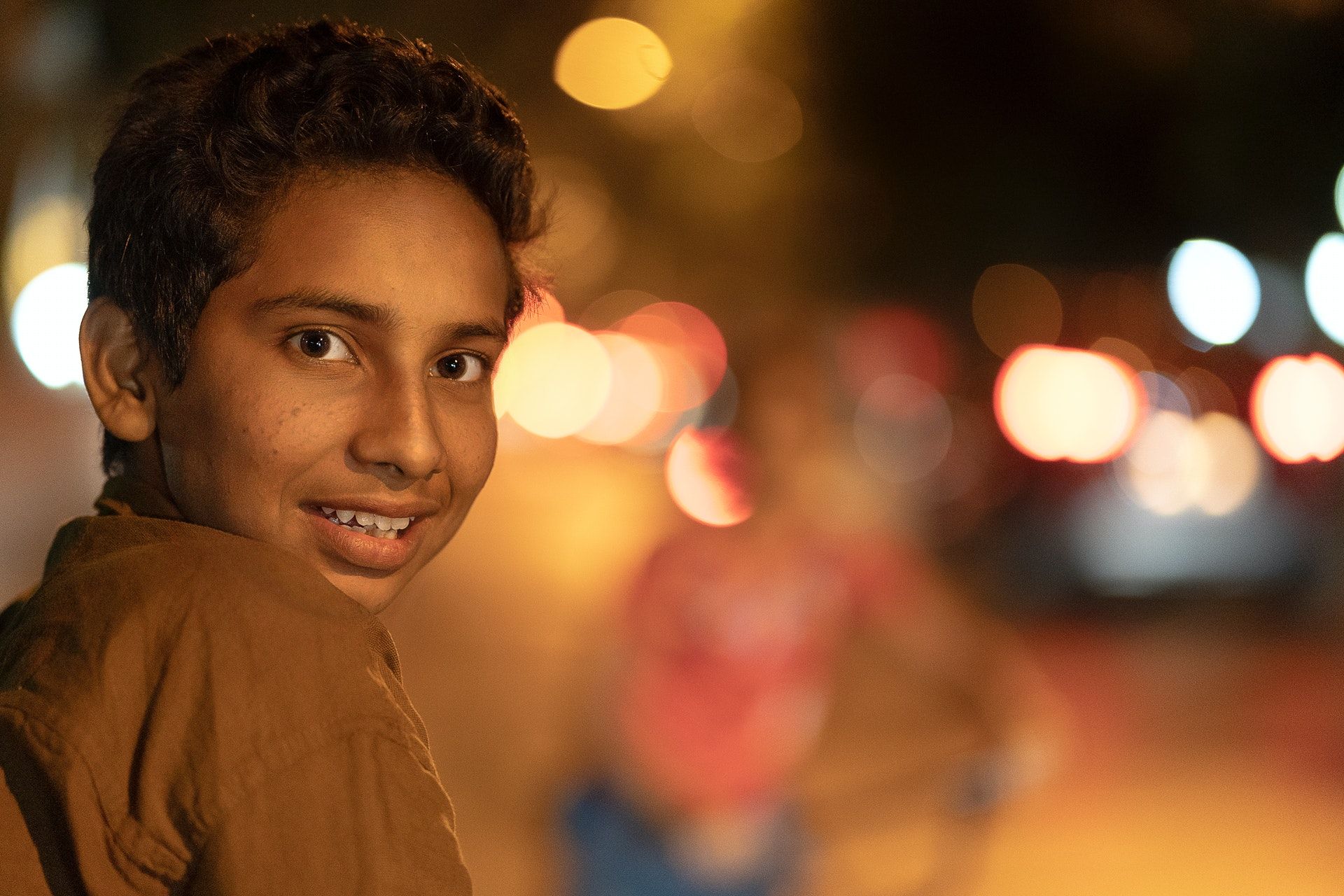
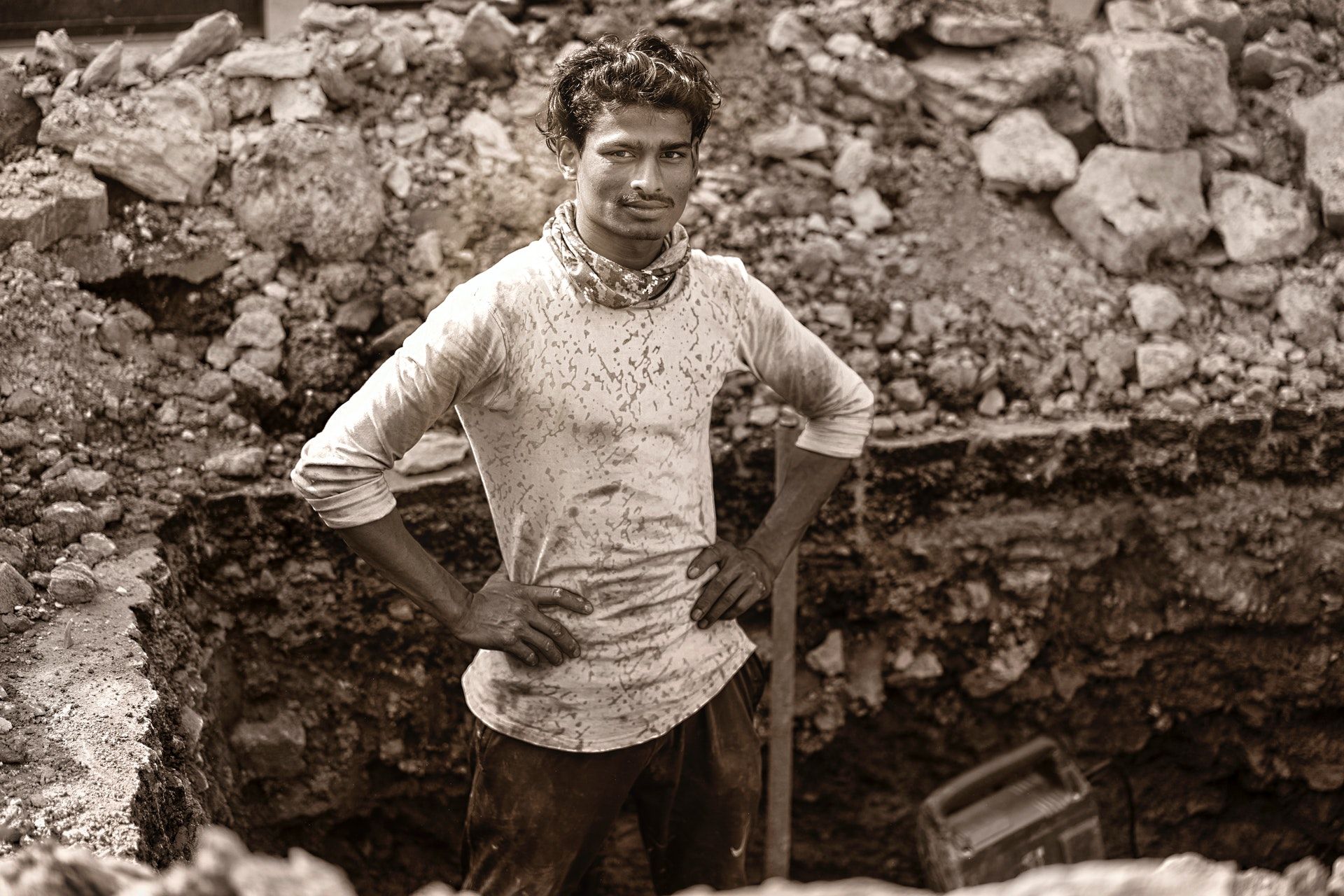
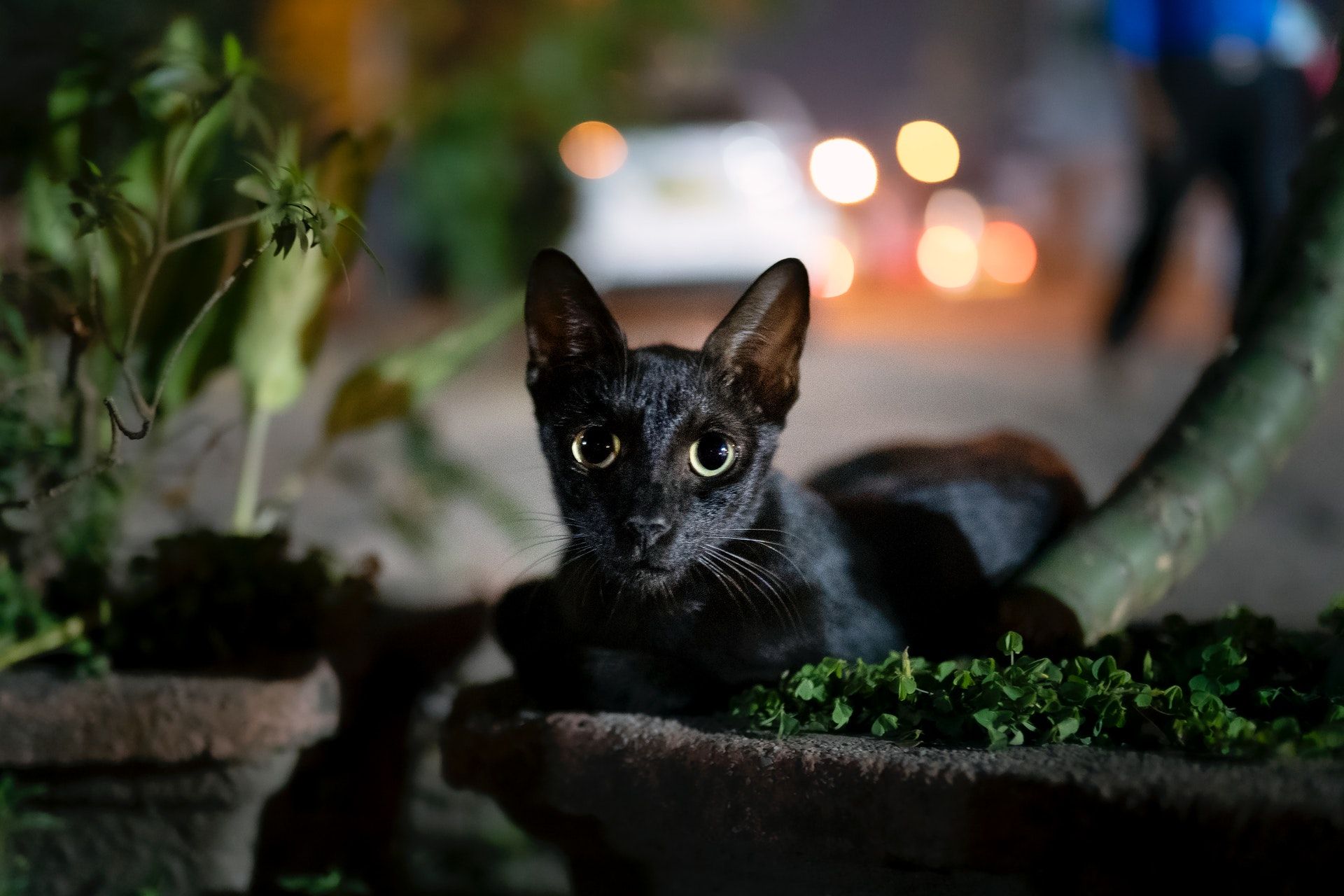
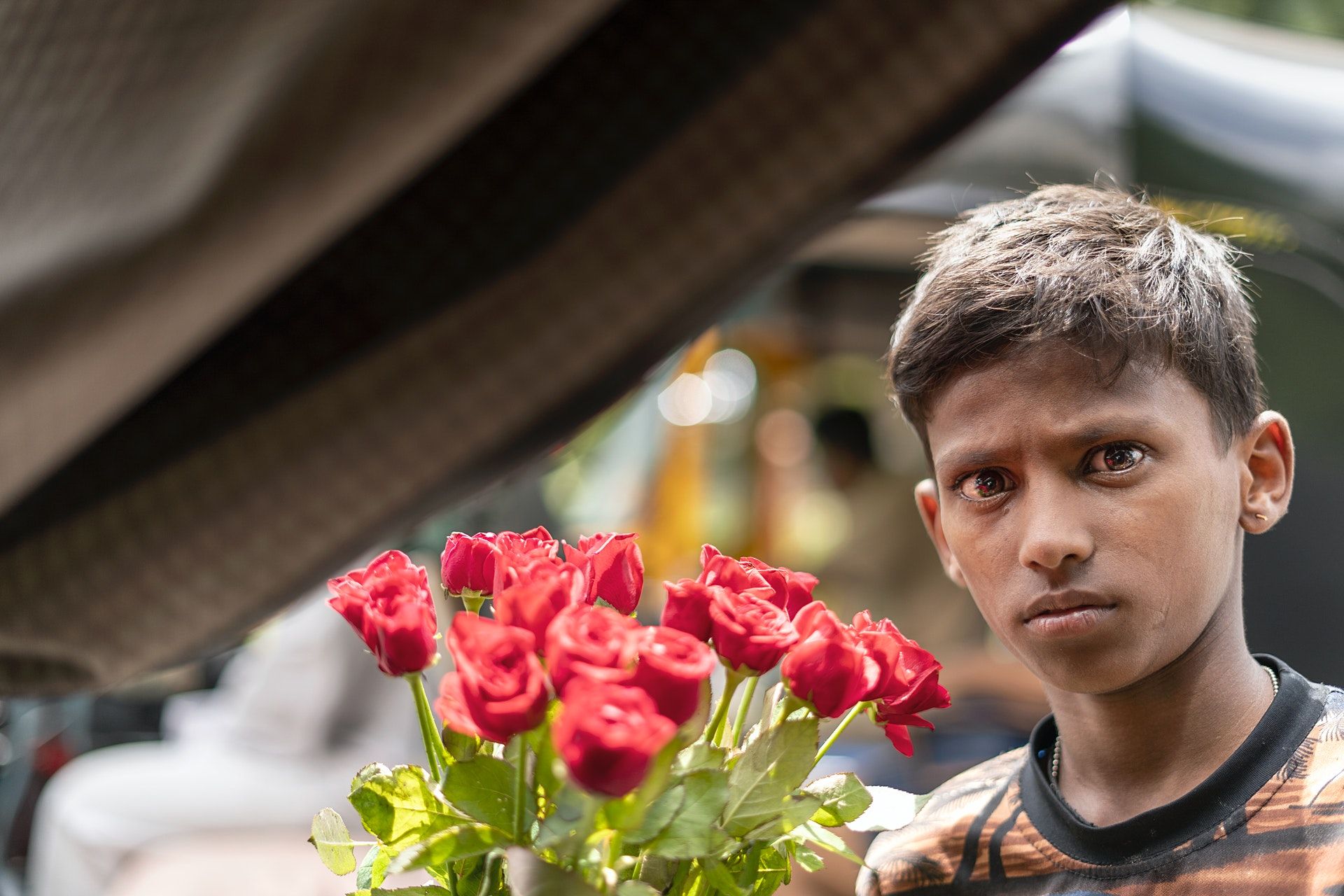
.jpg)
